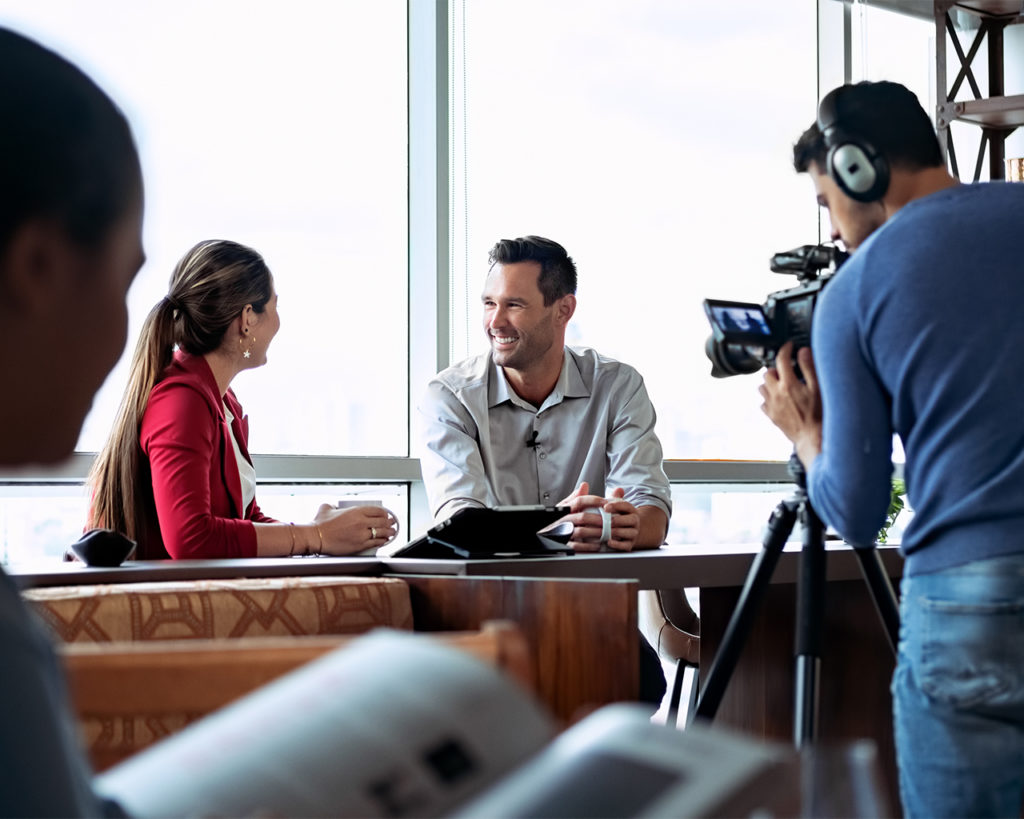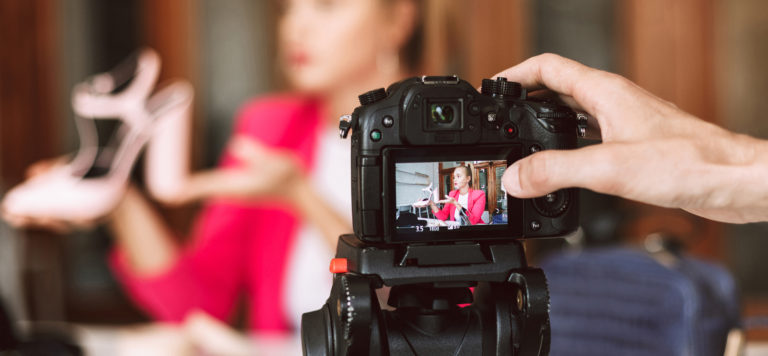1. Think about who's speaking and who's listening
If you’re filming an interview or a talking head, the way you structure your edits can change the way the video is perceived. For example, if you’re editing an interview there are two ways that can motivate your edits:
- The words spoken
- Perspective
If it’s a one-on-one conversation and we are here to learn about or from the person, editing based on the interviewer’s perspective will make the video as a whole more engaging and shift the point of view. Now, we are editing it in a way that allows the viewer the opportunity to know more about the interviewee in a more interesting perspective.

Whereas, making your edits based on the words leaves your interview 2-dimensional and fails at giving the audience the proper insight into the material.
2. Keep things moving
Online audiences are bombarded with content every second and as a result has a short attention span. When filming talking heads or interviews, try to frame their words with multiple camera angles. If this resource is available to you, it can go a long way. This will keep it dynamic and more interesting then holding on one camera angle for a long period of time. If you are limited to only one camera, think about adding your cell phone or use the “jump cut” method to keep your audience on their toes.
The “jump cut” method is used when you’re editing only with one camera angle but need to take our errors or any mistakes. You will make a split at that moment in time and then scale your image up to give it a new “perspective”. This serves two purposes: removing mistakes and to introduce a new “perspective” to regain focus of your audience

3. Use more close-ups and medium shots than wide
It’s important to cut between different angles so that the audience understands the space the person on camera is in. But once you’ve been able to establish the setting, close-up and medium shots hold the most meaning for an audience. It provides a more engaging experience for the viewer, allowing them to watch facial expressions, body language, and keeps you closer to the message allowing you to take more away from it.
4. Break it up with graphics
Along the same lines of keeping things moving, adding graphics to the screen or as “cut-aways” keeps the focus shifting and the viewer engaged. Using graphics to go alongside your speaker helps key words or phrases from the message stand out to the viewer. This may or may not help with your video at hand, but the point to this is: be methodical with directing attention.
5. Take some space from your edit
This could be the biggest tip of them all! After spending plenty of time with the same edit, it’s easy to become desensitized to the material and can cloud your judgment. So, there is nothing wrong with stepping away, taking a break from an edit to clear your head. It’s best to finish any project with fresh eyes so you can help maintain your sense of audience and who this content is actually intended for. You will be surprised at the things you will catch after editing for 6 hours, stepping away for a night and revisiting that same edit the next morning.

